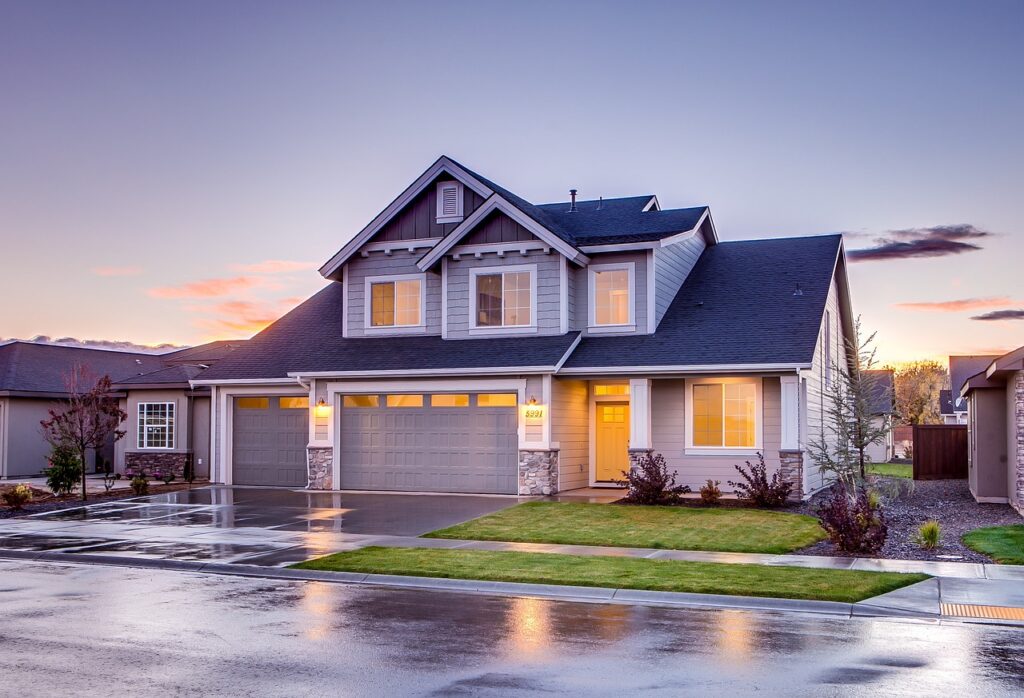Designing a new family home is both thrilling and complex. It’s where dreams blend with reality, and making sure your ideas are clear to your home consultant is key to achieving your dream come true.
Each family has special tastes, routines, and needs that should be considered in their new home’s design. Whether you dream of an open living area, energy-saving features, or unique architectural elements, sharing your desires well will greatly affect the final outcome.
This guide will assist you in understanding how to convey your vision clearly and effectively when working with a home consultant.
Find the Right Building Company
In general, the benefits of purchasing new construction include the opportunity to design every corner of your future home with the help of professionals. Picking the right custom home-building company is crucial in making sure your vision is well-executed. Begin by researching known builders nearby and seek those with experience in your desired home style. Are you looking for a modern, minimalist look, or a classic, rustic feel? Choosing a firm familiar with your style boosts your chances of getting the result you aim for.
Look for a builder who encourages teamwork. They should listen, give feedback, and come up with creative ideas and solutions. Ask to review their portfolio and get client feedback to see their past work, and know how they’ve communicated with others. You’ll also want someone open about timelines, costs, and challenges, to prevent unwelcome surprises later.
Also, ensure the company is licensed, insured, and follows local building rules. This ensures your project is done correctly and safely. A builder with great communication skills and a solid track record will make expressing and realizing your vision easier.
Define Your Needs and Priorities
To make your dream come true, you need to find a reliable home consultant who will listen to your requirements and ideas.
But before you meet with a home consultant, it’s important to know what you want from your new home. Think about your family size, lifestyle, and any future plans that might impact your space. Do you want a big kitchen for gatherings, or is a large backyard for kids and pets key? Are you designing for an office or gym at home? How much time do you have for designing your dream home?
Start by listing must-haves and like-to-haves. Must-haves are critical, like the number of bedrooms or the use of eco-friendly materials, while like-to-haves are flexible. This helps your home consultant focus on your needs and guide design choices.

Also, think about your budget. Being clear about financial limits ensures the consultant plans a home within your range without sacrificing key features.
Share Visual Examples of Your Design
A brilliant way to express your design taste to a consultant is through visual samples. Gather images from magazines, websites, or photos you’ve snapped of spaces that inspire you. These may show layouts, colors, specific fixtures, or architectural features you want in your new home.
Additionally, create a mood board or use online tools to organize your thoughts. This helps your consultant grasp your style and preferences better than just words. Having visual concepts ensures everyone catches the nuances of your vision.
When sharing these examples, specify what you like in each picture. Is it the sunlight pouring in, the open shelving in the kitchen, or the warm fireplace in the living room? Highlight these to guide your consultant in these important features.

Discuss the Functionality and Flow of the Space
While looks matter, the functionality of your new home is paramount in the design process. Families use their homes in tons of ways, so think about how each room will meet daily needs. Consider how spaces flow into each other and how each will be used.
For instance, an open kitchen and living room may be ideal if you host guests often, allowing easy interaction between cooks and guests. For young kids, you might want bedrooms close by for ease, or prefer a separate master suite for privacy. Consider how storage fits into the design as well—would a mudroom curb clutter, or might built-in shelves be needed?
Speak with your home consultant about each area’s purpose and your family’s use. A good consultant will suggest ways to boost flow and offer practical features to improve your living experience, like maximizing light or adding flexible spaces.
Be Open to Professional Input and Adjustments
While having a clear vision is vital, it’s also important to stay open to your consultant’s suggestions and changes. They bring vast experience and know-how that might enhance your design in unforeseen ways. At times, some features or layouts might not be doable due to structural limits, budget issues, or local laws. In such cases, your consultant can suggest alternatives that suit your vision.
For example, if your initial layout plan doesn’t maximize light, they might recommend reworking the space for better lighting and energy efficiency. Or, if a material choice is too expensive, they might suggest a similar yet cheaper option. Accepting professional advice helps ensure the final design meets your aesthetic and practical needs while staying on budget.
Bottom Line
Designing a new family home is a loving task that takes clear communication and teamwork with your home consultant. By following the tips in this article, you’re saving yourself the trouble and ensuring that your vision is well reflected in the final design. Remember, your home mirrors your family’s lifestyle and hopes, so articulating your desires helps create a space that’s both beautiful and practical for years to come.
